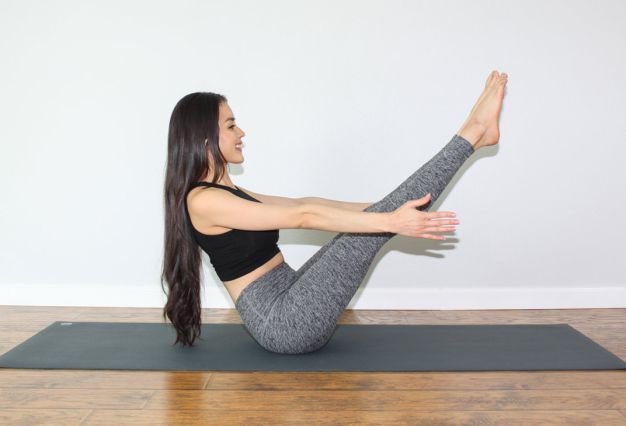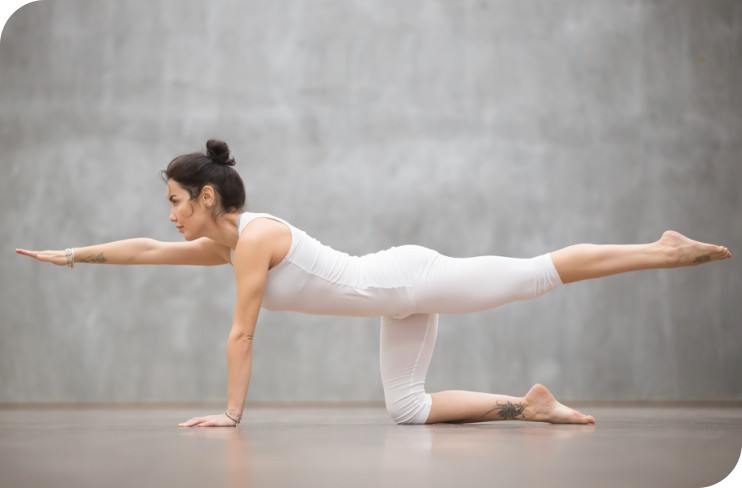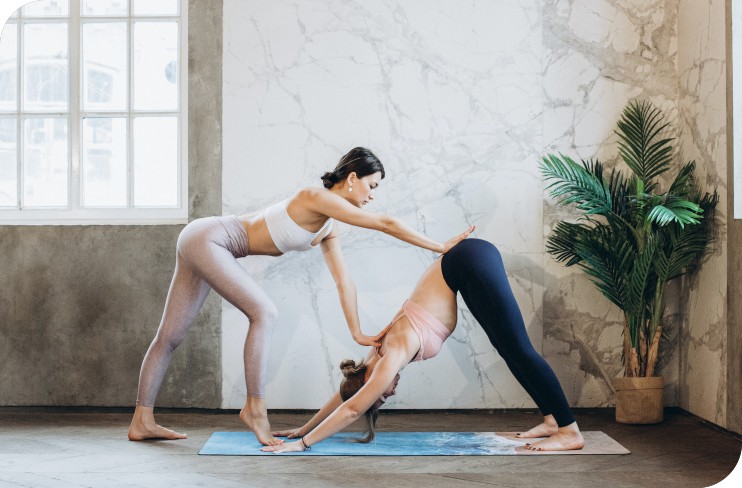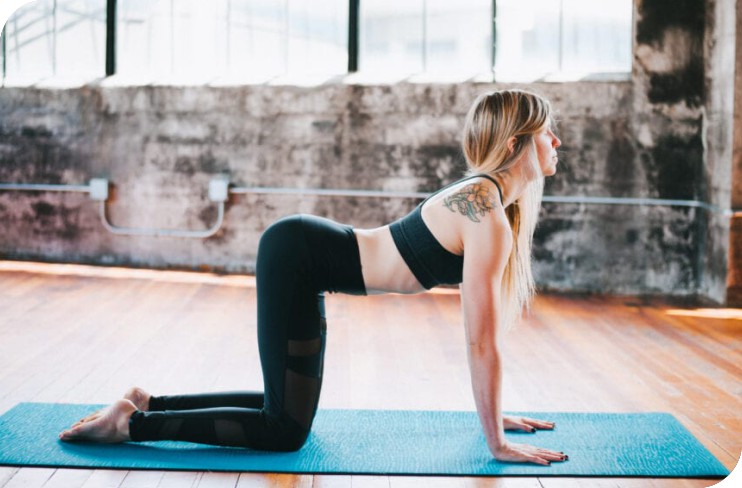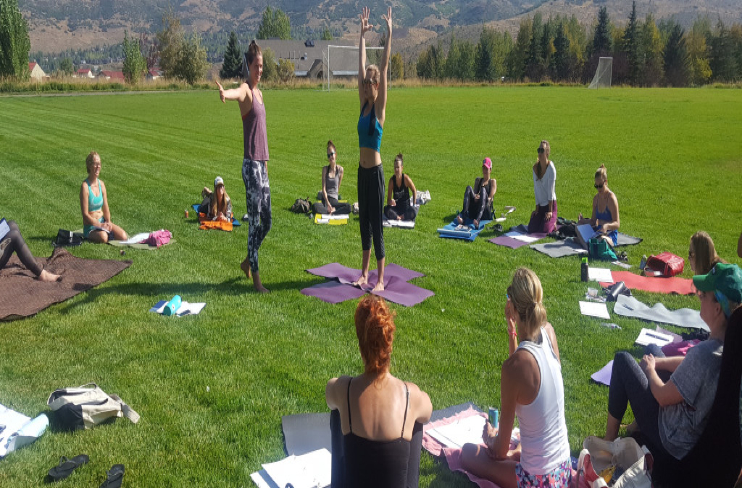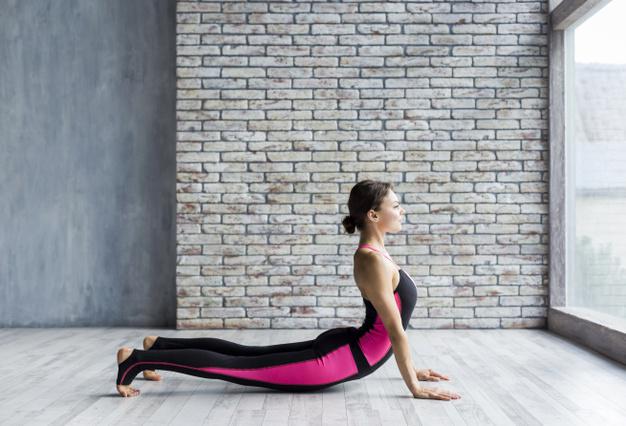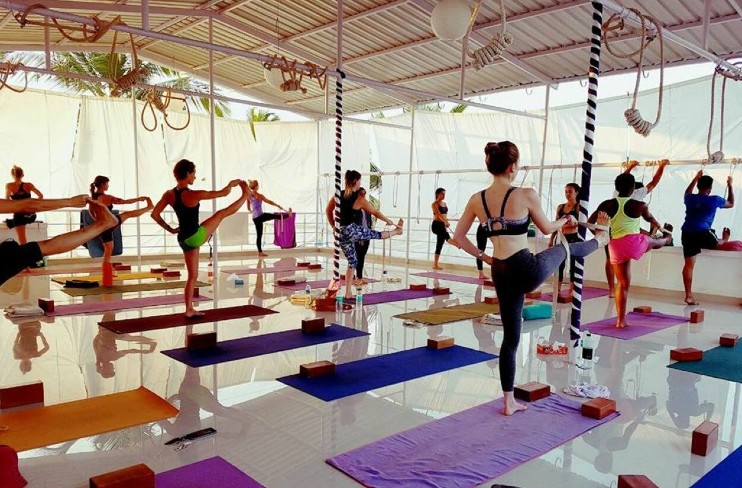The Yogi’s Guide to Boat Pose
Known in the Sanskrit language as Paripurna Navasana, the boat pose is an intermediate-level yoga asana that you can do in a seated or supine position. The word Paripurna means complete and Nava means boat. It is a traditional Hatha yoga pose that you practice at the end of a yoga sequence under the guidance of a yoga teacher. During the boat pose, your body sits in a balance on the sitting bones to form the letter V.
However, you should remember that for this yoga asana to work, you should engage the core muscles which helps you enter a state of balance and stability. Yoga experts have come up with the complete guide to this core-strengthening yoga pose. If you are someone who wants to work on the core muscles, read on below.
Boat Pose – A Brief Introduction
Since yoga has been around for more than 5000 years, without a doubt the boat pose yoga has been around long before there were core strength workouts and pilates classes. It is one of the most powerful yoga poses for developing abdominal strength. Remember, your core strength has a lot to do with your ability to do challenging arm balances and yoga inversions.
Do you know which muscles this yoga asana helps strengthen? Read on to know the answer.
Which Muscles Does the Boat Pose Help Strengthen?
Given below are the muscles which the boat pose helps strengthen.
1. Hip Flexors
The hip flexors, particularly the Illopsoas and Rectus Femoris bear the majority of the brunt in this yoga asana. The higher you lift the legs and the more vertical your torso is, the more these hip flexors work and strengthen.
2. The Abdominals
Abdominals play the second most important role after the hip flexors when you practice the boat pose. However, the Transversus Abdominis plays the most important role, it helps you get into the “navel toward spine” position and keeps the torso stable and upright.
3. The Inner Legs
Adductor muscles help keep your inner legs together. Yoga experts recommend you place a block between your inner legs during this asana.
4. Spinal Muscles
The spinal muscles, especially the erector spinae group work to keep the torso upright. These work with your abdominal muscles to maintain the natural curves of your spine. This is an important muscle group that works to help you do the boat pose with ease.
Thus, these are the four important muscle groups which the boat pose helps develop over time. Make sure you do this yoga asana under the guidance of a yoga expert.
However, that is not all. There is a lot this yoga asana does. Read further to know.
Boat Pose Benefits
Given below are some of the boat pose benefits which make it a must-have addition to your daily routine.
- Excellent stress buster and stress reliever
- Improves concentration and stability
- Stimulates the kidneys, liver, intestine, and prostate glands
- Makes the spine stronger and helps develop the torso and limbs
- Improves breathing pattern
- Strengthens the hamstring muscles
- Makes you physically and mentally stronger
- Improves digestive system by giving the abdominal muscles a gentle massage
- Balances the body and improves your confidence level
However, for you to reap these benefits, you should know the right steps to practice the boat pose. Let yoga experts guide you with that.
Boat Pose Yoga Steps
- Start in the seated position with knees bent. Keep both feet flat on the floor.
- Lift both feet off the floor. Keep both knees bent.
- Keep both shins parallel to the floor. It is the half-boat pose.
- Let your torso fall back naturally. Do not let the spine become round.
- Try to keep your legs straight at a 45-degree angle. Keep your torso as upright as possible to form a V shape with both legs.
- Roll your shoulders back and straighten your arms parallel to the floor with both palms turned upward.
- Try to balance on your sit bones. However, it is okay if you are resting slightly behind them.
- Lift your chest off the floor to support the balance.
- Stay for at least five breaths.
- Release both legs on an exhale. Inhale and sit up straight.
However, for you to do with safety, there are some precautions that you should keep in mind. Let us find out what these are.
Boat Pose Precautions
Given below are two major precautions you should keep in mind when planning to do the boat pose.
If you suffer from a neck injury, take the support of a nearby wall. However, you should avoid practising this asana under such conditions.
Always practice this pose under the guidance of an experienced yoga teacher, especially if you are doing it for the first time.
Conclusion
The boat pose provides you with solid abdominal strength along with a healthy back. Make sure you learn this yoga asana under the guidance of a certified yoga teacher.

